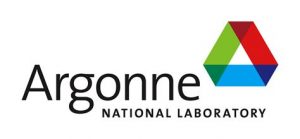
At Argonne, scientists and engineers explore a range of core scientific capabilities, from high-energy physics and materials science to biology and advanced computer science. The Chicago-area lab collaborates with other national laboratories, as well as universities and industry partners, to explore innovative energy alternatives, create novel materials molecule-by-molecule and gain a deeper understanding of our planet, our climate and the cosmos.
Argonne’s IVEM facility supports RaDIATE by imaging the changes in atomic structure and defect formation during irradiation at high magnification.
The IVEM facility is a partner facility of the Nuclear Science User Facilities (NSUF) supported by the DOE Office of Nuclear Energy (DOE-NE). It is a dual-ion beam facility for in situ TEM and ex-situ irradiation studies of defect structures in materials under controlled ion irradiation/implantation and sample conditions.
At the IVEM, high-dose ion damage can be produced in hours, rather than the years such damage would require in a nuclear reactor, supporting studies of material response to high doses of particle (ion and neutron) irradiation. Additionally, in situ ion irradiation does not produce any radioactivity in samples.
The IVEM’s important advantages include:
- Real-time observation of defect formation and evolution during irradiation
- Well-controlled experimental conditions, such as constant specimen orientation and area, specimen temperature, ion type, ion energy, dose rate, dose and applied strain
- The ability to refine and validate computer model simulations of irradiation defect states